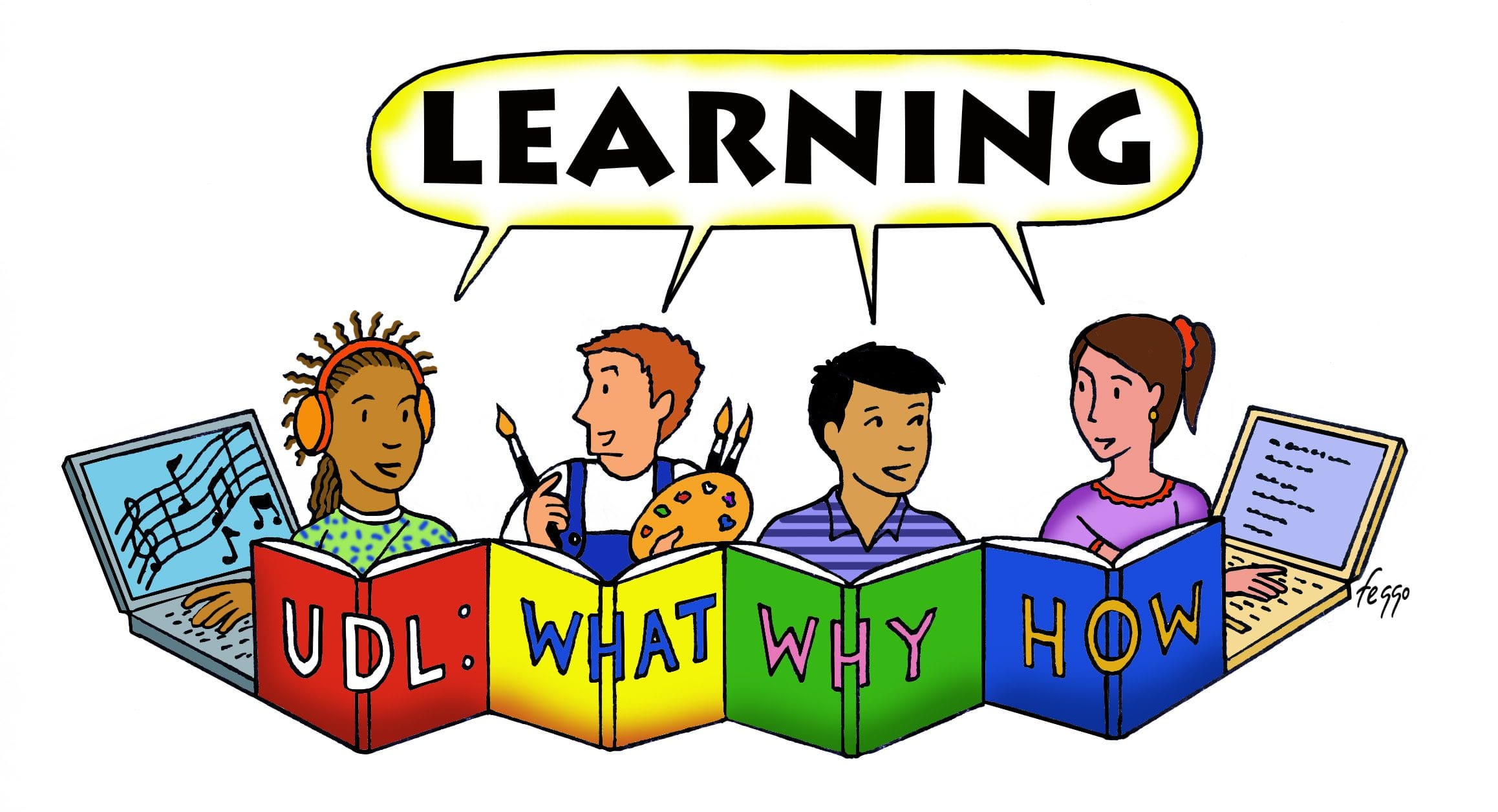Adding Specifics from the UDL Checklist
Create a goal and ensure that all content supports the goal.
The activity as outlined is designed to support the goal. You can assess how successful you were in achieving your goal by adding in some check-ins. For example: Repeat theater vocabulary throughout and by the middle of the activity, ask students to fill in the blank instead of giving them the word. “We need someone else to add onto our frozen picture, our ___.” At the top of the activity, you can introduce an “actor tools” checklist: voice, body, imagination. Afterward, ask students: “Did we use our voices? If so, sing me an ‘ahhh.’ Did we use our bodies? If so, strike a pose. Did we use our imaginations? If so, give me a thumbs up.”
Provide opportunities for students to self-regulate, make choices, and include their interests.
Prior to the activity, you could add a group brainstorm of options: “What are your favorite things in a park?” Then throughout the activity, students have choices in how they want to participate. They can choose when and what they add to the tableau; they can help direct the tableau; or they can add sounds from the audience. You can lead multiple rounds to let students choose which environments to explore next.
Create multiple entry points so that all students will be able to access equitably and enjoy.
For students who are less verbal or non-verbal, you can eliminate the verbal prompt, “I am a ___,” and put the emphasis on making a clear pose. If there are students who are verbal in the class, this can then become a fun guessing game. You can also have students participate as “director” to help make the tableau clearer.
Do first, then reflect. Reflect throughout the lesson instead of saving it until the end.
Students can reflect in various ways on their experience during the activity. During a timeout, between rounds, or after the activity, you can prompt students to share how they’re feeling, inviting them to respond verbally, with a still pose, a dance move, a drawing, etc. Or you might ask students to show with their bodies poses that they liked, that either they made or someone else in the class made.
Support multiple learning styles by presenting and cultivating information using various modalities.
- Visuals: You can start the activity by having students draw their own version of a park. Or you can create a group mural where each student draws a part of the park until there’s one large group park. You can also come prepared with visuals of things in a park in case a student gets stuck.
- Spoken/oral explanation and responses: Explain the activity as outlined above. Side-coach and narrate throughout.
- Written/text-based materials: If you do a group brainstorm ahead of time, you can scribe and write out the ideas for things found in a park.
- Technology: If available, you can use a computer or tablet to pull up visuals to accompany ideas students generate in their brainstorm, poses, and/or tableau. You could even start the activity by showing a video of a “day in the life” at the park.
- Opportunities for students to use their bodies and move: This is already baked into the activity. You can build off of the tableau to incorporate movement or create a park dance move, which can culminate in a park dance party.
- Opportunities for students to engage in tactile and/or sensory experiences: You can bring in items from a park (e.g., tactile objects like bark, grass, and stones; or essential oils with scents like pine and lavender). Introduce these items as you are setting the scene of the park.
 Try
Try Try
Try Remember
Remember


